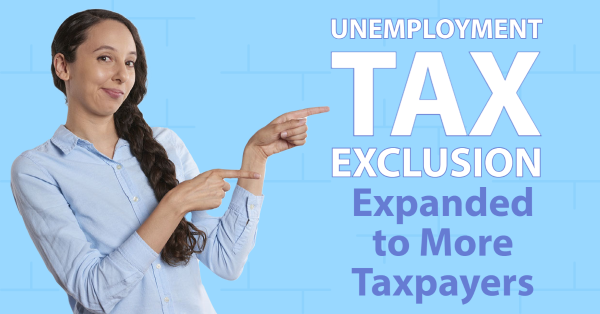Unemployment Tax Exclusion Expanded to More Taxpayers

The Internal Revenue Service has changed the calculation for determining the $10,200 exclusion on unemployment benefits in the new pandemic relief package, allowing more taxpayers to qualify, but forcing tax software developers to update their programs.
The IRS updated the instructions Tuesday on how to figure the amount of modified adjusted gross income to use for deciding how much of a taxpayer’s unemployment benefits from 2020 qualify for the $10,200 exclusion on taxes. Prior to Tuesday, the IRS instructed taxpayers to include the unemployment income in modified AGI, but now they can exclude unemployment benefits from modified AGI.
The American Rescue Plan Act, which President Biden signed into law this month, allows taxpayers who earned under $150,000 in 2020 to qualify for the $10,200 exclusion. The change will allow more taxpayers to qualify now. But it does complicate matters for tax software companies and tax preparers.
The IRS has been rushing to provide guidance on the American Rescue Plan Act in the midst of tax season along with the tax provisions of the other stimulus packages that Congress approved this past year in response to the economic fallout from the COVID-19 pandemic, including the CARES Act, the Families First Coronavirus Response Act and the Consolidated Appropriations Act. The unemployment provision has proven to be especially thorny since it was passed after most tax software began to be distributed this year for 2020 taxes. Some tax preparers had worried they might need to file amended returns for clients who filed early this tax season who received unemployment benefits last year, but the IRS has asked taxpayers to avoid filing amended tax returns. IRS Commissioner Chuck Rettig reiterated that advice to lawmakers during a congressional hearing last week and said the IRS was working to handle the change on its end.




